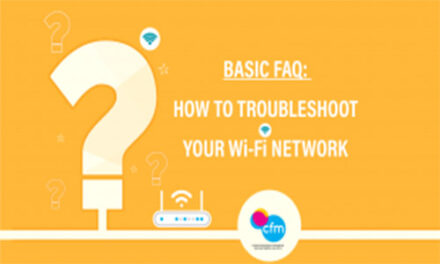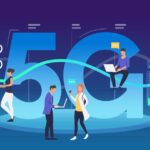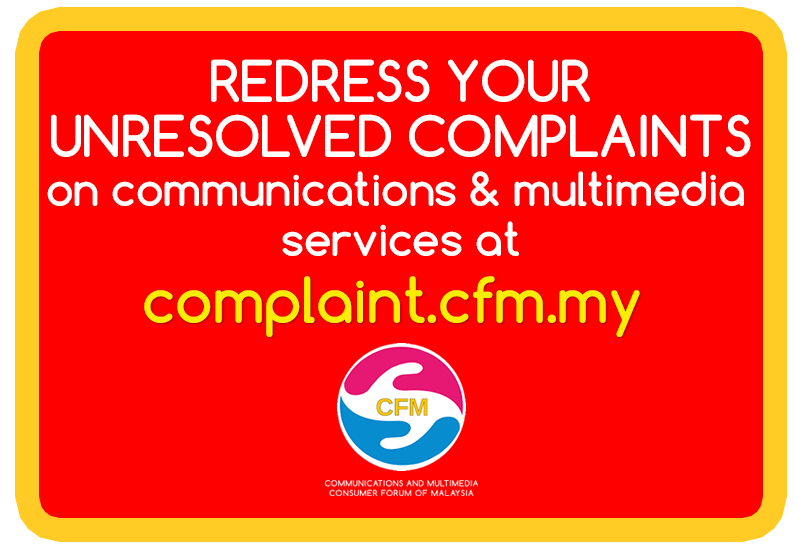Debunking 5G Myths: Unveiling the Truth Behind the Next-Gen Technology
In a world where technological advancements seem to leap ahead with each passing day, 5G has emerged as a game-changer in the realm of telecommunications. While it promises lightning-fast connectivity and a host of groundbreaking applications, it has also fallen victims to a web of myths and misconceptions that threaten to obscure its true potential. Today, we embark on a fascinating journey to sift fact from fiction and
unravel the truth behind 5G technology.
Myth #1: 5G Causes Health Issues
One of the most pervasive myths surrounding 5G is its alleged harmful effects on human health. Some claim that the increased radiation levels may lead to cancer and other illnesses. However, extensive research by esteemed organizations, including the World Health Organization and the International Commission on Non-Ionizing Radiation Protection, has shown that 5G operates well within safe limits. The evidence suggests
that 5G poses no greater risk to human health than previous generations of wireless technology.
Myth #2: 5G Spreads COVID-19
During the height of the COVID-19 pandemic, a bizarre conspiracy theory linked 5G technology to the spread of the virus. This myth has no basis in reality. Viruses, including COVID-19, spread through biological means and have no connection to wireless communication technologies like 5G. The scientific community overwhelmingly agrees that 5G networks have no role in the transmission or origin of any virus.
Myth #3: 5G Enables Mass Surveillance
In the age of heightened concerns over privacy and data security, some fear that 5G may be used as a tool for mass surveillance. However, this myth misinterprets the purpose of 5G technology. 5G is primarily designed to improve communication and connectivity, not to facilitate widespread surveillance. Existing legal and regulatory frameworks govern surveillance activities, and 5G networks do not possess any inherent surveillance capabilities beyond what current technologies offer.
Myth #4: 5G Impairs Weather Forecasts
Another misconception that gained traction is that 5G interferes with weather forecasting systems, compromising the accuracy of meteorological predictions. While it is true that certain frequencies used for 5G can interfere with weather sensors, strict regulations and collaboration between telecommunication and weather agencies ensure that this interference is mitigated. The ongoing efforts by experts guarantee that
weather forecasts remain reliable and precise.
Myth #5: 5G Weakens the Immune System
Perhaps the most concerning myth is the belief that 5G weakens the human immune system, making individuals more susceptible to diseases. Reputable sources, such as UNICEF and health organizations worldwide, have debunked this claim. Scientific evidence confirms that 5G operates well within safe guidelines, and there is no credible evidence linking it to compromised immune function.
Conclusion
As we conclude our expedition through the labyrinth of 5G myths, the light of truth shines brightly. 5G technology represents a leap forward in communication and connectivity, offering immense opportunities for progress and innovation. By dispelling these misconceptions and embracing evidence-based information, we can fully appreciate the transformative potential of 5G, paving the way for a connected future. Let us venture forward, informed and unburdened by myth, to embrace the boundless possibilities of
this cutting-edge technology.














